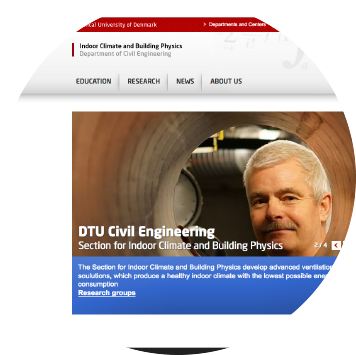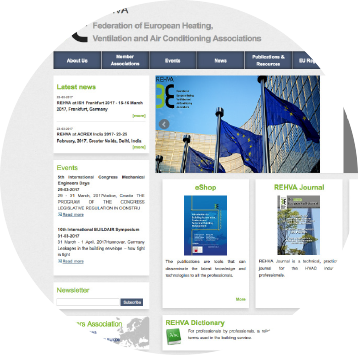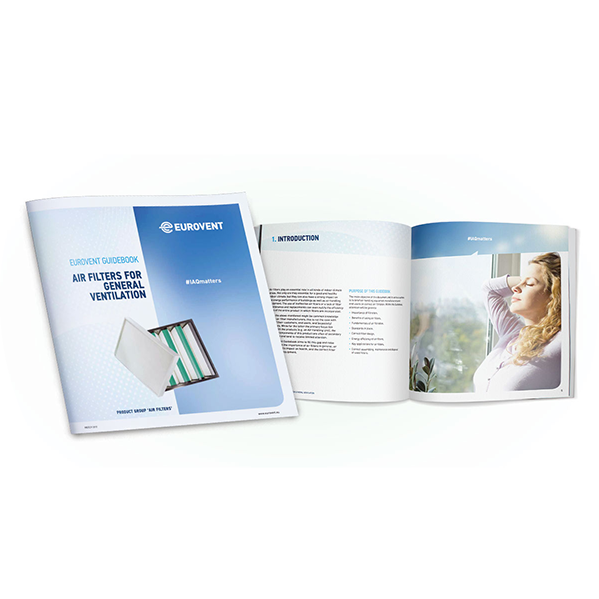Svensk Ventilation: Best in class – a book about profitable indoor climate
For the individual, a good indoor climate means that we feel better and work more efficiently. For the company, it means fewer sick days taken and higher productivity. For society, it means lowered costs as there will be fewer people taken ill, resulting in a strain on the health service and the welfare state. Everybody gains from a good indoor climate. This book shows how to create a good and profitable indoor climate. The knowledge is there, the technology is there and from springtime 2006, there have been comprehensive guidelines in place. The guidelines can be found in the book R1, which is a set of rules and regulations for the indoor climate. The book ‘Best in class’ is a guide that shows you, with the help of R1, how to create a fantastic indoor climate.
More information







